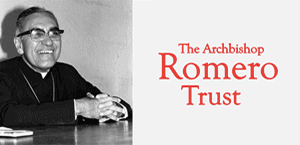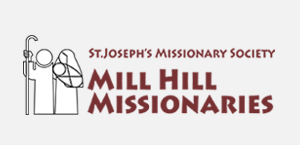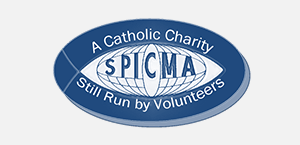Parmigianino's restored masterpiece: The Madonna and Child with Saints

There is still one more week to view the restored Parmigianino's painting, sometimes referred to as 'The Vision of St Jerome' at the National Gallery. Following extensive conservation and an absence of ten years the painting returned to public view in an exhibition in Room 46, together with eight preparatory drawings in a range of mediums.
The masterpiece was acquired by the National Gallery in 1826, two years after its opening. This is the first time that an exhibition has been dedicated to the artist known as 'Raphael reborn'. His early work echoes Raphael's in grace, colour and style but gradually he was drawn to the developing Mannerist movement of which this painting is a superb example.
Girolamo Francesco Maria Mazzolo was a child prodigy constantly drawing and became a highly skilled draughtsman, also experimenting with etching. Around 1000 of his drawings still exist. Born in Parma, Northern Italy, in 1503 into a family of painters he rapidly became renowned as a talented young artist, known as Parmigianino after his birthplace.
Aged twenty one he went to Rome in1524 hoping to gain Pope Clement VII's patronage and was presented to him personally.
'The Madonna and Child with Saints' was his first and only commission during his short stay in Rome. Intended as an altarpiece for the Caccialupi family chapel in the ancient church of San Salvatore de Lauro in the Marche area of Rome. They were wealthy church officials.
According to art biographer George Vasari, he was working on the painting on its twelve foot elongated panel, part of a planned triptych, when the Holy Roman Emperor Charles V's invading soldiers burst into his studio. However, they were so stunned by what they saw they let him finish the painting.
The work was never installed due to the sack of Rome in 1527 and Parmigianino narrowly escaped with his life. The painting could have been lost forever as the church was destroyed in a fire in 1591 but later rebuilt. The painting was hidden for safety. It was recovered long after Parmigianino's death, aged 37, in 1540, He died in Casalmaggiore, Cremona and is buried in the Servite church there.
Considered his most accomplished religious work, it depicts a powerful John the Baptist gesturing towards a vision of Mary as the Woman of the Apocalypse. Parmigiano depicts Mary seated on moonlit billowing clouds. A blonde ringleted child Jesus stands against her lap. Both seem to step forward onto a rocky promontory, a bridge between the divine and earthly spheres. Mary is dressed in a delicate rose pink robe with a blue cloak draped around her knees. Her statuesque figure perhaps inspired by Michaelangelo's figures around the Sistine Chapel.
Jesus points towards a triple reed cross that an excessively muscular John the Baptist holds to his left side, indicating his salvific destiny. His eyes look out towards us, whereas Mary is looking down towards the cruciform and she points downwards towards it too.
The Baptist in turn gestures towards Christ mirroring his declaration of him as the Lamb of God. His index finger is elongated in the Mannerist slightly surreal style and other worldliness as are all the figures. Clothed in camel skin with a further spotted animal skin draped over his bent knee he appears as a Samsonesque figure.
The sprawling supine figure of St Jerome lies on the ground seemingly in a deep slumber, red cloth draped voluminously over his lower body, otherwise naked. His attributes of a Cardinal's red hat and a skull rest beside him.
Conservation treatment has removed layers of old varnish and retouching, revealed the lively brushwork and rich colouring, particularly enhancing the lush foliage on which Jerome rests. A new arched frame, made by the Framing Department at the National Gallery, is based on contemporary examples and evokes a church setting.
Parmigiano made around twenty preparatory drawings for this work of which eight are displayed, loaned from important galleries including the Uffizi in Florence, The Royal Collection and the Ashmolean Museum. This is the first time the painting and drawings have been reunited in an exhibition.
It is fascinating to see the creative processes in experimenting with positioning and gestures in his detailed depictions in flurries of chalk, pen and ink seemingly inspired by Michelangelo and Leonardo.
The painting itself is the only Parmigiano in a UK collection and will be on display again in the historic Bicentennial Wonder of Art rehang of the National Gallery Collection in May.
Until 9 March 2025
Admission free.


















